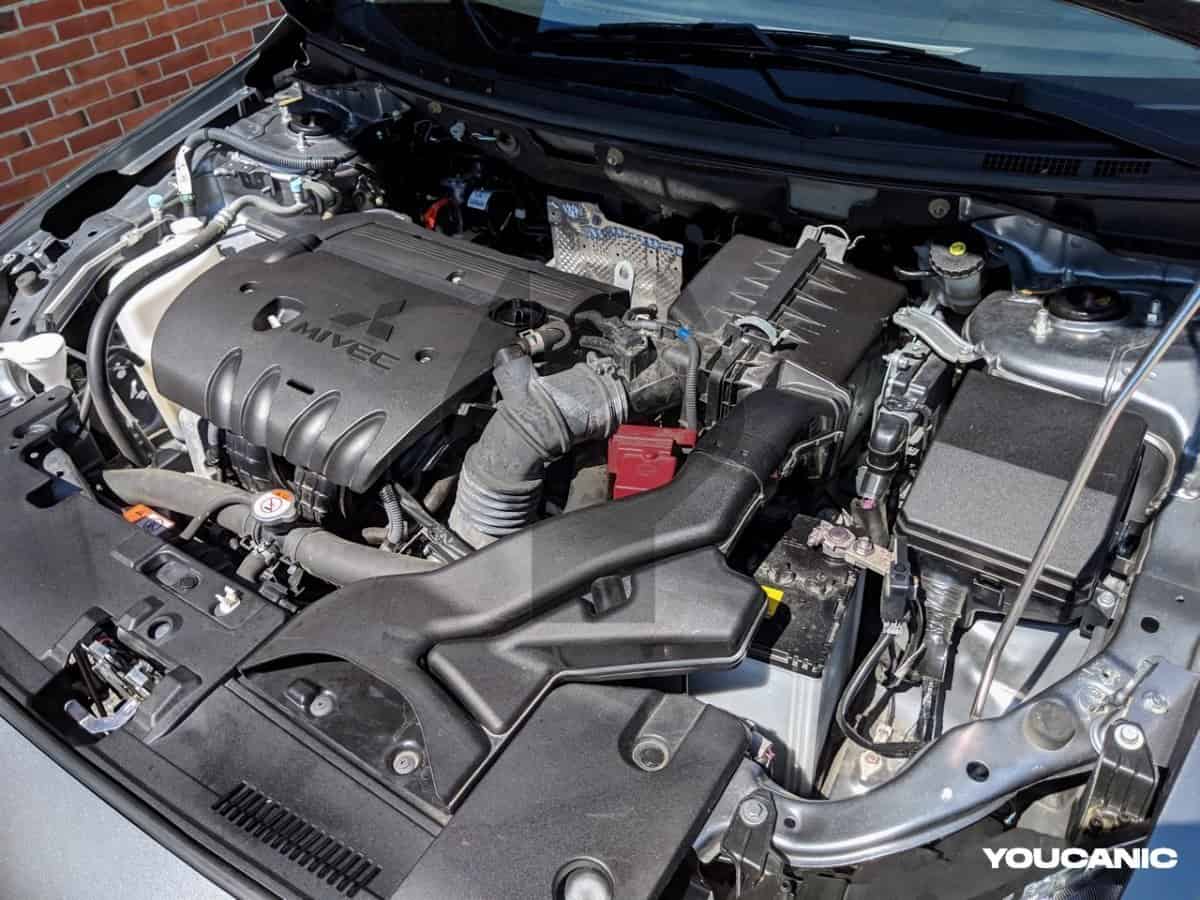2000-2007 Mitsubishi Lancer Most Common Problems
In 2000, Mitsubishi introduced the sixth-generation Mitsubishi Lancer. May 2000 saw the release of the Lancer Cedia (Century Diamond) in Japan; however, in most markets, the previous 1995 vintage Mirage-based Lancer continued, built at Mitsubishi’s Mizushima plant in Japan.
The new model was available in sedan and station wagon forms. In Europe, the Lancer was not offered in some countries, being too close to the Dutch-built Mitsubishi Carisma size; the Evo VII model sold there bore the Carisma name. This Lancer series is still sold in Japan, where from 2007 onwards, the Lancer generation was known as “Galant Fortis.” While a reliable vehicle, the six-generation Lancer had a few problems, as outlined below.
Common Problems
Inconsistent brake force
Many early Lancers of this generation suffer from a specific brake issue that may manifest with several symptoms. In general, the force generated by brakes may be inconsistent in certain situations, which makes stopping less controllable. In most cases, the initial braking action would be feeble initially, only to lock up afterward.
When that happens, a strong pull to one side may be noticed on some cars. In extreme scenarios, the brakes will fail to react at all. The cause for these issues is faulty brake calipers, with brake pistons seizing in certain situations.
Replacing the brake calipers with remanufactured or newer ones solves this problem.
Premature brake wear
Besides the caliper problem above, these cars also have a problem with excessive brake pads and rotor wear. Many drivers complain that the brakes on their Lancers wear at a much faster rate than those ofother cars. Although Mitsubishi addressed this by redesigning brake pads and rotors, that only partially solved the issue.
Another alternative is heavy-duty aftermarket alternatives, which may offer more durable parts. The bottom line is that drivers must learn to live with this problem.
Front cross-member corrosion
Cases of corrosion affect front cross members, and even some suspension components are widespread among Lancer’s generation. If left unchecked, this may result in the front suspension collapsing when going over bumps or even braking hard.
As the front suspension is complex, checking for traces of corrosion requires a trained and experienced eye. As this is a safety issue that can lead to serious accidents, replacing any affected components is necessary. Mitsubishi is aware of this problem, and there is a safety campaign called 16V791000.
A squealing noise coming from the back
There are frequent complaints about noises coming from the back of the car while driving. This ranges from random squeals to noticeable cracks and bangs when going over bumps. Although this noise is quite noticeable when driving, most workshops cannot replicate it while tracking the source.
Although Mitsubishi never addressed this, independent workshops discovered that stock control arm bushings cause this issue. Replacing control arms with new OEM or reputable aftermarket ones cures this annoying problem.
The heater/air conditioner control knob is broken.
Models with manually adjustable cabin heaters and air conditioner controls can suffer from knobs that fracture while the driver is turning them. This is something that affects either the temperature or airstream direction control knob.
The cause of this issue is the cables behind the control unit that operate corresponding mechanisms. These cables can freeze and become stuck when the temperatures are very low. Some owners established that adding a small PTFE lubricant makes the cables less vulnerable to this issue.
Radiator leaking
Later cars of this generation have an issue with slow but constant coolant loss and sporadic steam coming from under the hood. The cause of this problem is the microscopic fractures on the radiator housing that expand with time. Tracking that down in the initial phases is hard, as it causes a very small leak while the car is cooling down.
As time passes, vibrations and pressure cause the fractures to expand, allowing small amounts of steam to escape. Since this cannot be repaired, replacing the radiator with an updated model is the only option.
Unintentional acceleration
Like many other Mitsubishi cars of that time, Lacer drivers can experience uncontrolled and unintentional acceleration. This will manifest itself as an increase in engine speed, although the driver is not required to do so. Scenarios like this mayrange from motorway cruising to idling at a standstill.
However, situations that included low-speed maneuvers proved the most dangerous, as they didn’t allow much reaction time. A glitch causes this issue in the electronically controlled throttle valve operation.
We hope you find the 2000-2007 Mitsubishi Lancer Most Common Problems guide helpful. Check these troubleshooting and repair guides for more help on your Mitsubishi.








